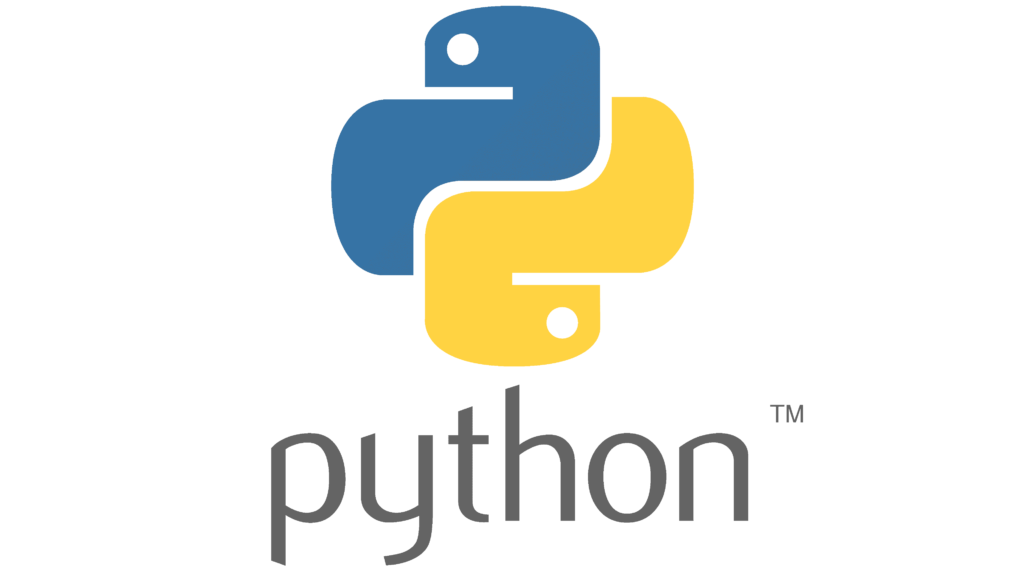In today’s markets, algorithmic trading has become increasingly popular. With the power of technology, traders can now create their own automated trading algorithms that can be used to trade on the stock market, futures, options, and forex. However, creating a trading algorithm can be a daunting task, especially for those who are new to coding. That’s why the Lumibot library was created – to make the process of creating a trading algorithm easier and more accessible. In this blog, we’ll explore what Lumibot is, how to get started with Python and the Lumibot Library, and how to use the library for options and futures trading, as well as forex trading.
Introduction to Algorithmic Trading
Algorithmic trading is a trading strategy that uses computer algorithms to identify buying and selling opportunities in the markets. This type of trading is often used by professional traders, but it can also be used by individual investors. The main benefit of algorithmic trading is that it can help traders identify opportunities with greater accuracy and speed than traditional trading methods. Additionally, algorithmic trading can be used to reduce market impact and volatility.
Algorithmic trading can be used with a variety of asset classes, such as stocks, futures, options, and forex. Many traders create their own automated trading algorithms to take advantage of these markets. These algorithms can be programmed to buy and sell based on certain conditions. For example, an algorithm might be programmed to buy when a stock reaches a certain price and sell when it falls below that price.
What is the Lumibot Library?
The Lumibot Library is a powerful open-source library that enables traders to create their own automated trading algorithms. The library makes it easy to develop custom trading strategies and backtest them against historical market data. The library supports a variety of asset classes, including stocks, futures, options, and forex. The library also provides a wide range of features, such as order types, time-series data, backtesting capabilities, and much more.
The library was developed by a team of experienced traders and developers and is designed to be easy to use. It is written in Python, which is one of the most popular and powerful programming languages. With the library, traders can quickly and easily create their own profitable trading algorithms.
Benefits of Using the Lumibot Library for Options and Futures Trading
The Lumibot Library is an ideal choice for traders who are looking to create automated trading algorithms for options and futures trading. The library provides a range of tools and features that make it easy to create and backtest strategies. For example, the library includes a portfolio optimizer that can help traders find the optimal portfolio for their strategy. Additionally, the library provides a range of order types, including market orders, limit orders, and stop orders.
The library also provides access to time-series data, which is essential for backtesting strategies. This data can be used to test strategies against historical market data and ensure that they are profitable. The library also provides features that make it easy to customize and optimize trading algorithms. For example, the library provides a range of indicators and parameters that can be used to fine-tune trading algorithms.
Getting Started with Python and the Lumibot Library
Before you can start creating your own trading algorithms, you’ll need to learn Python and get familiar with the Lumibot Library. Fortunately, the library is designed to be easy to learn and use. There are a number of tutorials and resources available online that can help you get started. Additionally, the library provides a range of sample algorithms that can help you understand how to use the library.
The library is also open source, which means that you can access the source code and customize it to meet your needs. This can be especially helpful if you want to create a custom trading algorithm that is tailored to your specific needs. Additionally, the library has an active community of developers and traders who are willing to help you out if you get stuck.
Setting Up Your Trading Algorithm
Once you’ve familiarized yourself with the Lumibot Library, you’ll need to set up your trading algorithm. This involves creating a basic framework that defines the parameters of your trading strategy. This includes things like the type of asset you’re trading, the order type, the time frame, and the conditions that will trigger a buy or sell order.
Once you’ve set up the framework for your trading algorithm, you’ll need to create the rules that will define how the algorithm will operate. This involves creating a set of conditions that will trigger a buy or sell order. For example, you might create a rule that says to buy when the price of a stock reaches a certain level and to sell when it falls below that level. Additionally, you can create rules that set limits on the size of trades or the amount of risk you’re willing to take.
Creating Your Trading Rules with Lumibot
Once you’ve set up the framework for your trading algorithm, you’ll need to create the rules that will define how the algorithm will operate. This can be done using the Lumibot Library. The library provides a range of tools and features that make it easy to create custom trading rules. For example, you can use the library to create rules based on technical indicators, such as moving averages, Bollinger bands, and RSI. You can also create rules that are based on fundamental data, such as earnings reports, news releases, and economic data.
Once you’ve created your trading rules, you’ll need to test them to make sure they are working properly. The Lumibot Library provides a range of tools that make it easy to backtest your trading rules. This will help you ensure that your trading algorithm is profitable and that it is operating as expected.
Optimizing Your Trading Algorithm
Once you’ve tested your trading algorithm, you’ll need to optimize it to ensure that it is performing as expected. The Lumibot Library provides a range of tools that make it easy to optimize your trading algorithm. These tools include portfolio optimizers, which can help you find the optimal portfolio for your trading strategy. Additionally, the library provides a range of indicators and parameters that can be used to fine-tune your trading algorithm.
Backtesting Your Trading Algorithm
Once you’ve optimized your trading algorithm, you’ll need to backtest it to ensure that it is profitable. The Lumibot Library provides a range of tools that make it easy to backtest your trading algorithm. The library provides access to time-series data, which can be used to test your trading algorithm against historical market data. This will help you ensure that your trading algorithm is profitable and that it is operating as expected.
How to Use the Lumibot Library for Forex Trading
The Lumibot Library can also be used for forex trading. The library provides access to a range of tools and features that make it easy to create and backtest trading algorithms for the forex market. These include a range of order types, such as market orders, limit orders, and stop orders. Additionally, the library provides access to time-series data, which can be used to backtest trading algorithms against historical market data.
Conclusion
In conclusion, the Lumibot Library is a powerful open-source library that makes it easy to create custom automated trading algorithms. The library provides a range of tools and features that make it easy to create and backtest trading algorithms for a variety of asset classes, including stocks, futures, options, and forex. Additionally, the library provides access to time-series data, which can be used to backtest trading algorithms against historical market data. If you’re looking to create a profitable trading algorithm, the Lumibot Library is an ideal choice.
Click here to sign up for one of our free classes today and start learning how to create your own profitable trading robots!




